Personal Training Tips | Resistance Training Benefits for Females

What is Resistance Training?
Resistance Training can be defined as a form of exercise, whereby external weights provide progressive overload to skeletal muscles in order to make them stronger and often result in hypertrophy (growth in overall size of muscle cells) (Alix-Fages et. al, 2022; Phillips and Winett, 2010), which can lead to several benefits.
Mental Health:
Firstly, Ramirez and Kravitz (2012) looked into the benefits of regular resistance training and found that it has been shown to improve numerous aspects of mental health including: lessened anxiety, depression, chronic fatigue, self-esteem, memory and cognition. The way in which resistance training helps achieve this is not yet clear, but the benefits to mental health could well be consequences of the physical benefits that resistance training provides. For example, when we start training regularly, our sleep may improve. In turn, we see a reduction in stress hormones (Maggio et. al, 2013), which then can have a positive effect on our level of anxiety.
Fat Loss:
When wanting to lose weight, we need to be in a calorie deficit. When in this calorie deficit, weight can be lost via losing body fat, water, and muscle tissue. Regular resistance training helps preserve muscle mass when in a calorie deficit (Miller et. al, 2018). This, in turn, results in more of the weight lost being from body fat tissue, as opposed to muscle tissue. It is important to note that protein intake and sleep must also be sufficient to maximise muscle preservation, and therefore fat loss, in a calorie deficit. (Nedeltcheva et. al, 2010; Stokes et. al, 2018)
Frailty and Functionality:
As we age past the age of 35, we experience a gradual loss of muscle mass of around 1-2% per year, this is known as sarcopenia (Cruz-Jentoft and Sayer, 2019). Once we reach our 60’s and older, sarcopenia may contribute to a loss of functionality in daily tasks such as climbing stairs with ease, or playing with grandchildren.
Resistance training in elderly populations has been shown to increase their ability to go from sitting to standing with less postural sway and more proprioception, which is linked to more functional ability and lower risk of falls. (Faigenbaum and Myer, 2010)
‘I Don’t Want to Look Bulky’:
This is a common worry with female clients. Fortunately, there is about as much chance as accidentally adding significant amounts of muscle mass accidentally as there is as taking driving lessons and accidentally ending up in the Monaco Grand Prix.
Putting on significant amounts of muscle mass requires consistent training on a hypertrophy focussed plan, being in a calorie surplus, and consumption of adequate protein for a number of months before noticeable increases are seen. Overall, resistance training can be used as an excellent tool to improve one’s quality of life, regardless of age or goals.
Reference List:
- Alix-Fages, C., Del Vecchio, A., Baz-Valle, E., Santos-Concejero, J., & Balsalobre-Fernández, C. (2022). The role of the neural stimulus in regulating skeletal muscle hypertrophy. European Journal of Applied Physiology, 1-18.
- Cruz-Jentoft, A. J., & Sayer, A. A. (2019). Sarcopenia. The Lancet, 393(10191), 2636-2646.
- Faigenbaum, A. D., & Myer, G. D. (2010). Pediatric resistance training: benefits, concerns, and program design considerations. Current sports medicine reports, 9(3), 161-168.
- Maggio, M., Colizzi, E., Fisichella, A., Valenti, G., Ceresini, G., Dall’Aglio, E., … & Ceda, G. P. (2013). Stress hormones, sleep deprivation and cognition in older adults. Maturitas, 76(1), 22-44.
- Miller, T., Mull, S., Aragon, A. A., Krieger, J., & Schoenfeld, B. J. (2018). Resistance training combined with diet decreases body fat while preserving lean mass independent of resting metabolic rate: a randomized trial. International journal of sport nutrition and exercise metabolism, 28(1), 46-54.
- Nedeltcheva, A. V., Kilkus, J. M., Imperial, J., Schoeller, D. A., & Penev, P. D. (2010). Insufficient sleep undermines dietary efforts to reduce adiposity. Annals of internal medicine, 153(7), 435–441. https://doi.org/10.7326/0003-4819-153-7-201010050-00006
- Phillips, S. M., & Winett, R. A. (2010). Uncomplicated resistance training and health-related outcomes: evidence for a public health mandate. Current sports medicine reports, 9(4), 208.
- Ramirez, A., & Kravitz, L. (2012). Resistance training improves mental health. IDEA Fitness Journal, 9(1), 20-22.
- Stokes, T., Hector, A. J., Morton, R. W., McGlory, C., & Phillips, S. M. (2018). Recent perspectives regarding the role of dietary protein for the promotion of muscle hypertrophy with resistance exercise training. Nutrients, 10(2), 180.

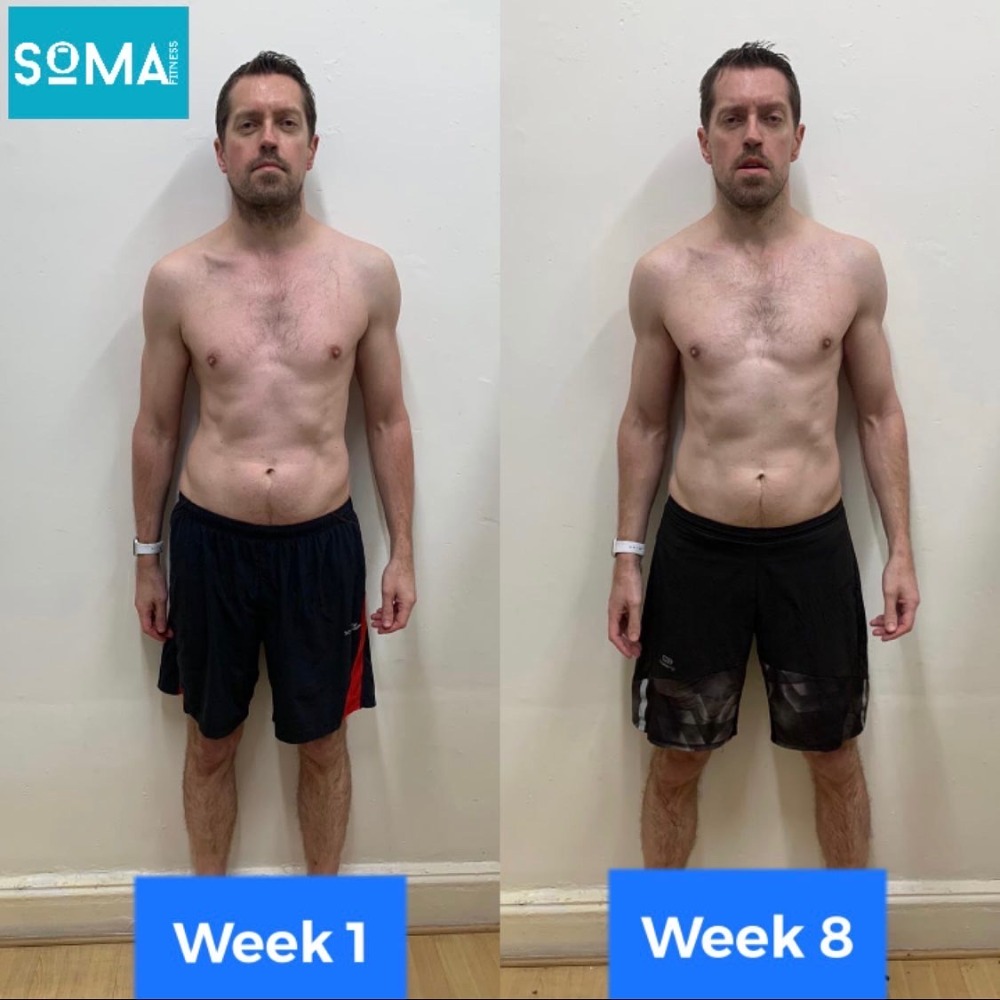
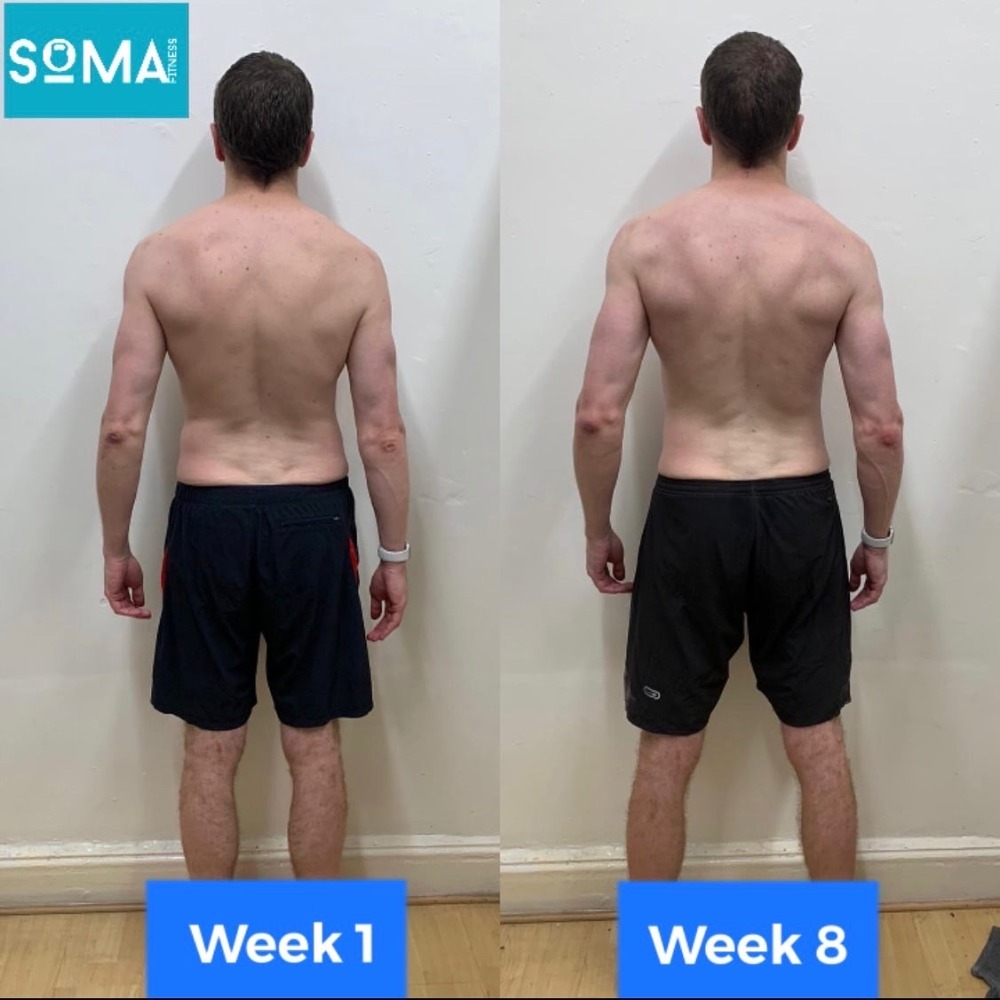
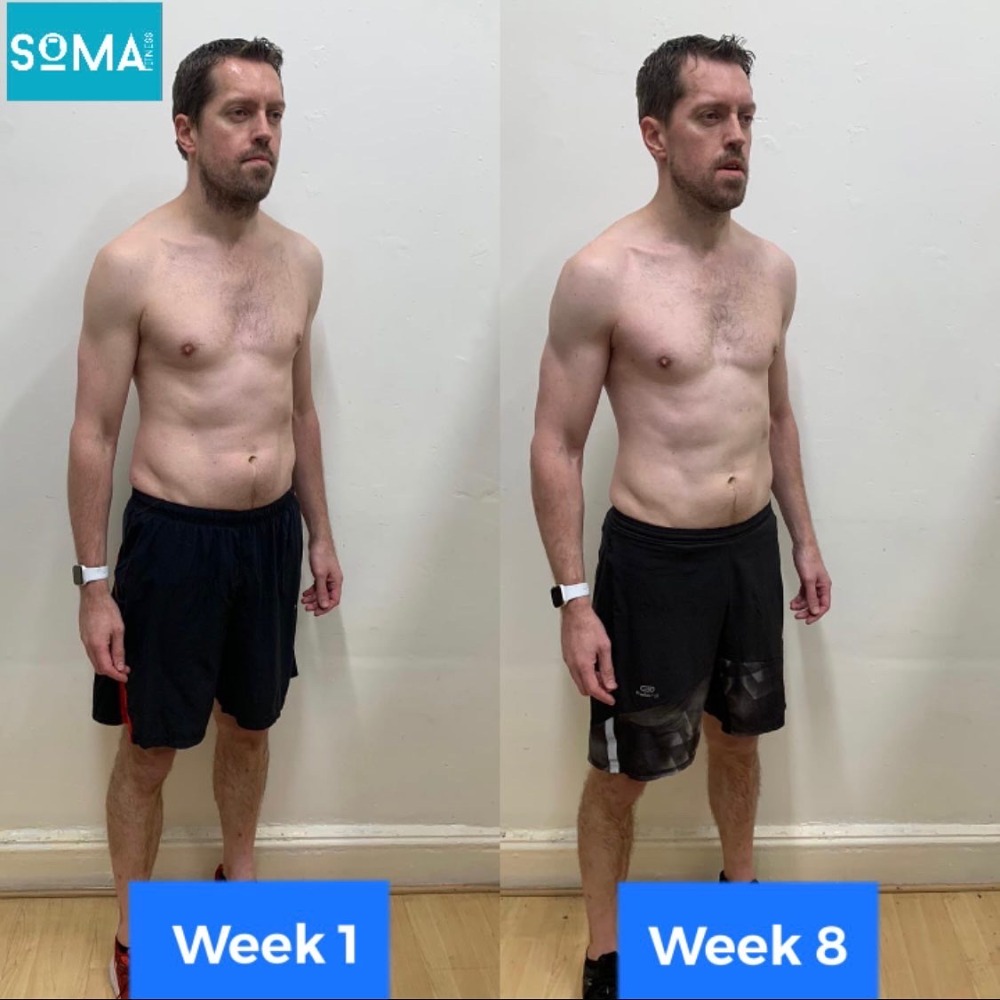

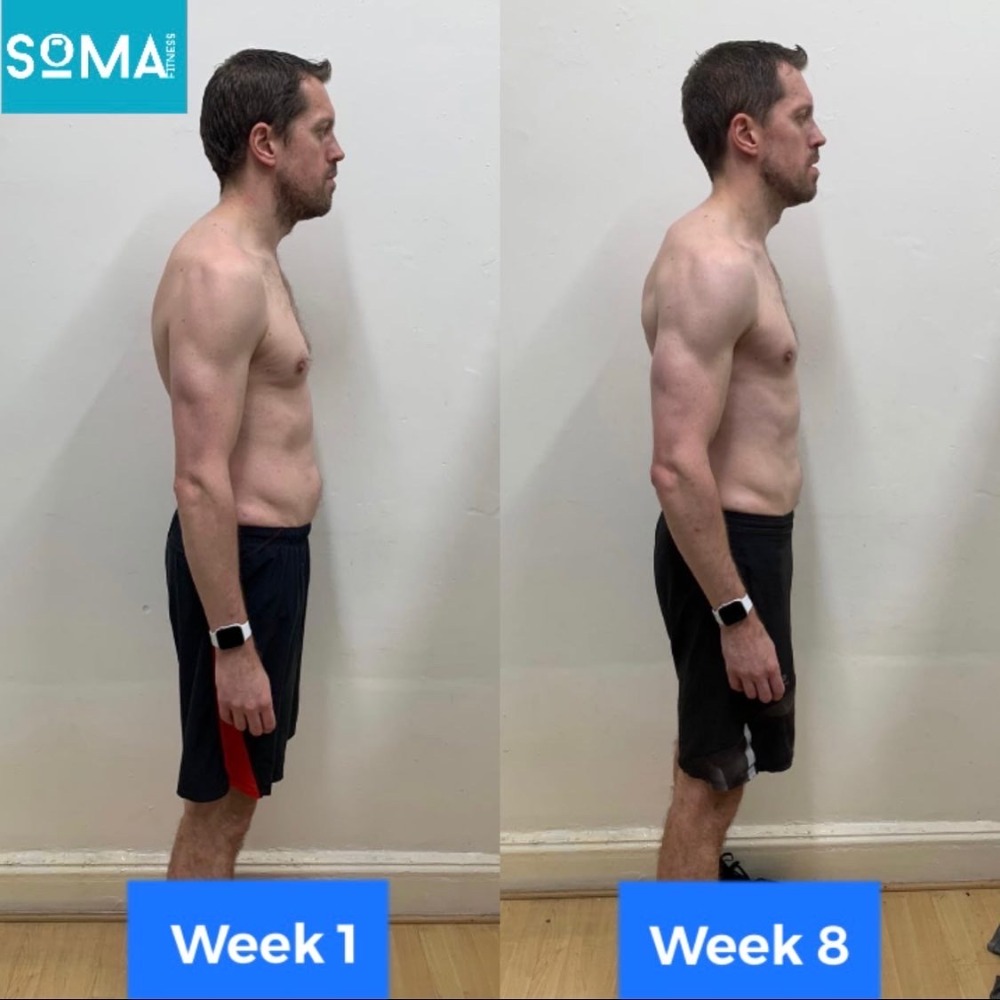
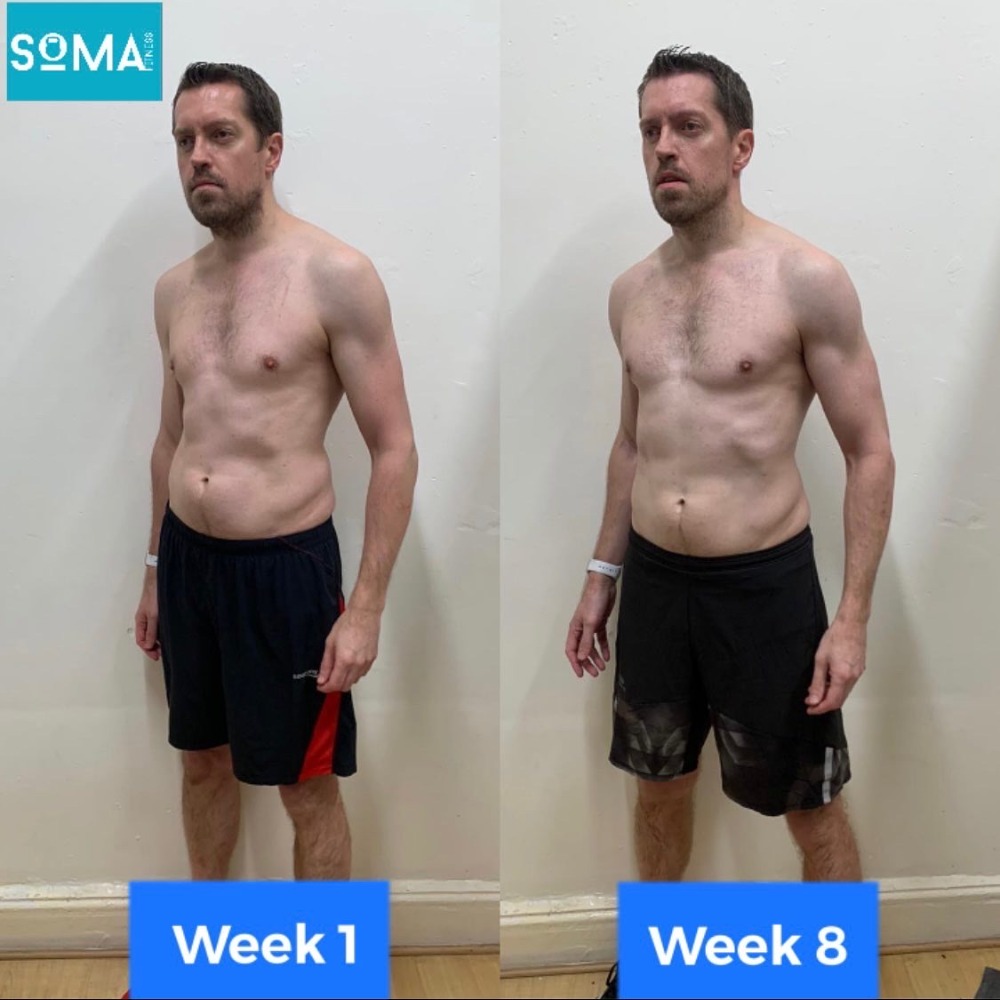

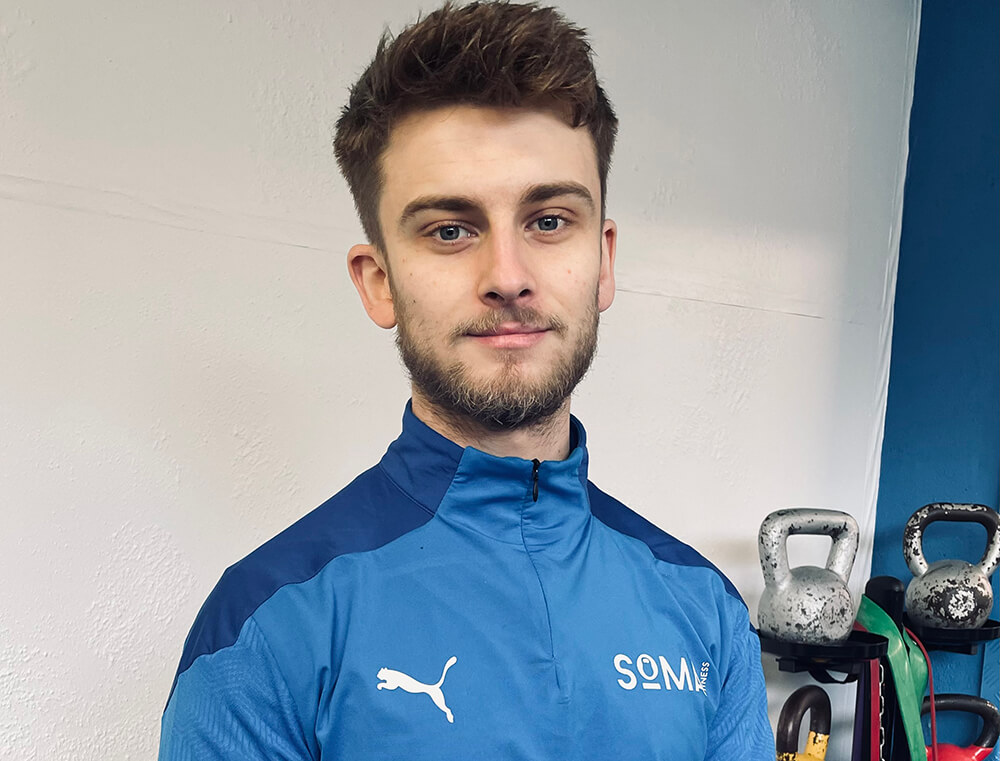

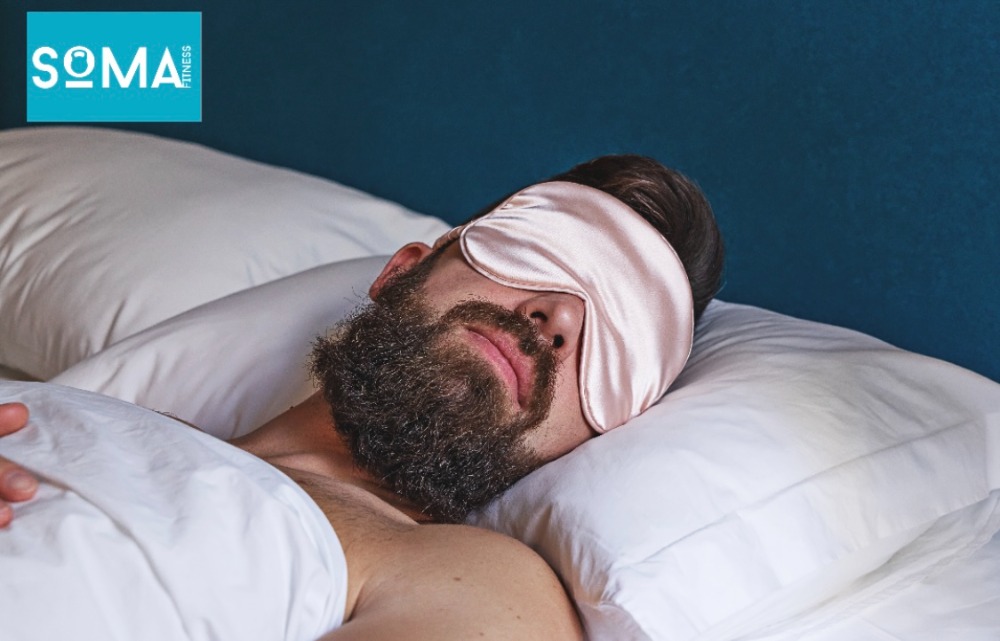
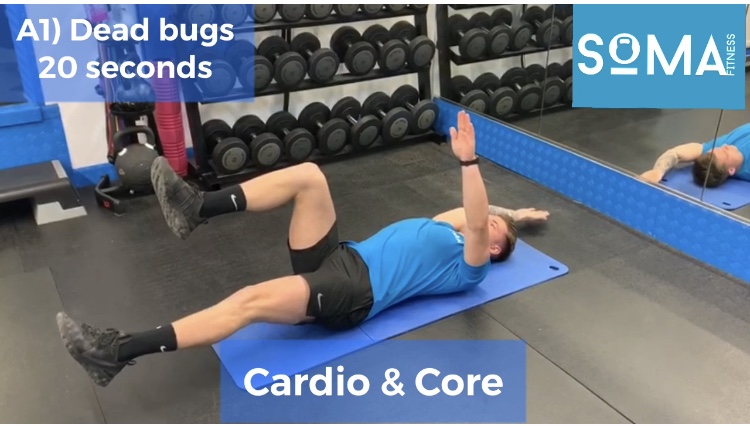
Recent Comments